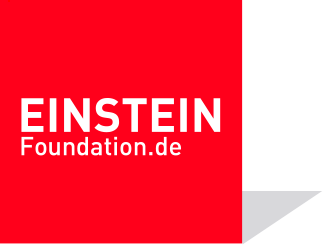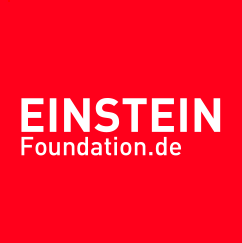Christian Bogner
Please close your eyes for a moment and think about your research project. What do you see at first?
Well, I hope it's not a boring answer, but I can visualise a specific differential equation, which has recently played an important role in my work.
What would your research project look like if it were an art object?
If it were a sculpture, I would like it to be as smooth and geometrical as works by Anish Kapoor. A project I was involved in not long ago has been set to music by my friends Vera Mohrs and Kostia Rapoport in a pop song – so if my project were music, then a song from these two.
If you had to explain to a child why your project is important, what would you say?
If you take a close look, the whole world is composed of tiny building blocks that we call elementary particles. In order for us to learn more about these building blocks, we can make some of them collide with each other at extremely high speeds and examine what happens in this process. It's not a simple matter to understand what precisely takes place in these collisions and what can be learnt about the elementary particles from this. To do this, somewhat complex calculations are necessary. This is why it is important for some scientists to be well versed in the mathematics needed for these calculations and also ensure that they can be performed by computers. This is what my work is about and why it matters.
Do you have an exceptional object that you keep with you in your working life or daily routine?
When I learned that the Einstein Foundation were going to promote my project, I was on holiday at the Baltic Sea and on that day, my girlfriend found a beautiful stone on the beach and gave it to me as a lucky charm. I always keep it on my desk.
What in your opinion are mankind's three greatest inventions?
As somebody who was born and brought up in Mainz, the first thing that springs to mind is the printing press with movable type.
I think that the invention of chemical fertilisers by von Liebig and others was a particularly important event, since it provided nutritional security in many parts of the world, thereby making life possible in the first place for billions of people.
It is said of Thales of Milet that he supported the ideas of his pupil Anaximander, although they contradicted his own theses. I perceive in this attitude the “invention" of the scientific teacher-pupil relationship and thereby one of the foundations of every scientific field.
Who would you like to swap a working day with, and what would you then like to do?
At school, I always wanted to be a movie director, and in fact I still find it absolutely fascinating how films are made. I would swap places with one of Martin Scorsese's, Francis Ford Copolla's or Woody Allen's assistants and spend the whole day watching one of these great directors at work.
Is there a specific location in Berlin, which you associate with your research work?
There is a certain green area in Schönefeld I withdraw to sometimes to read textbooks or long articles. I now associate that place with mathematics, which I actually learned there.
Which district in Berlin, which location do you feel at ease in, and why?
My favourite place in Berlin is a big bookshop in Friedrichstraße – because of the large choice and the long opening hours. Most of all, I like going there late in the evening, when there's not much going on and I can browse in peace and quiet and see what new books they have.
(September 2018)

